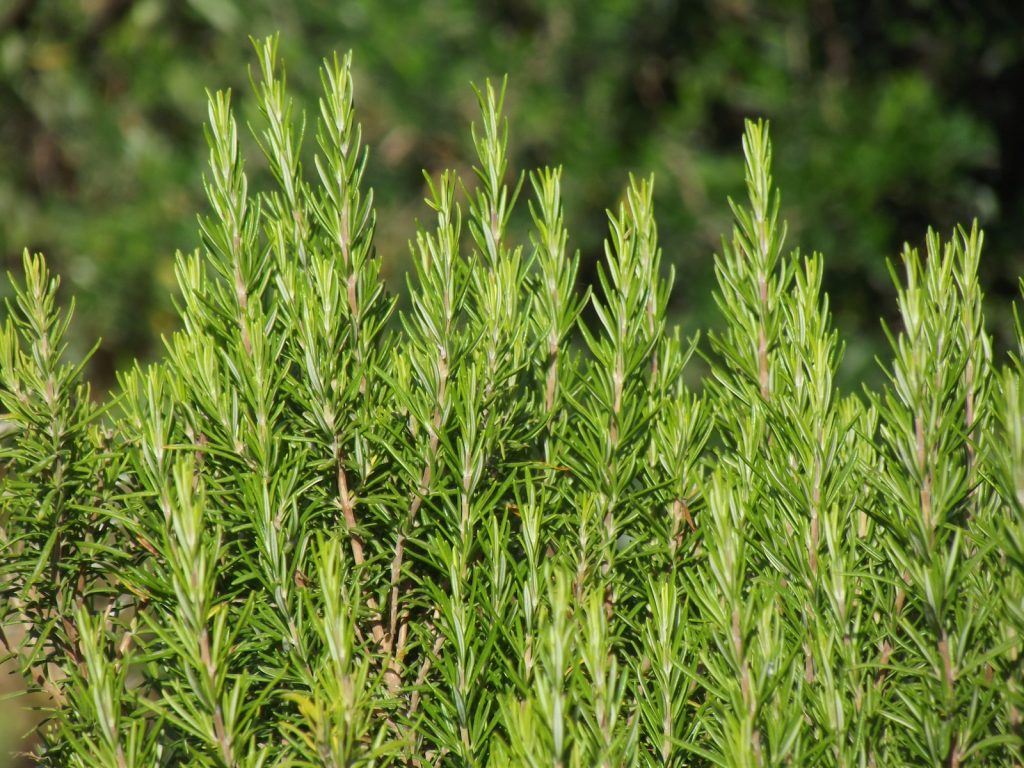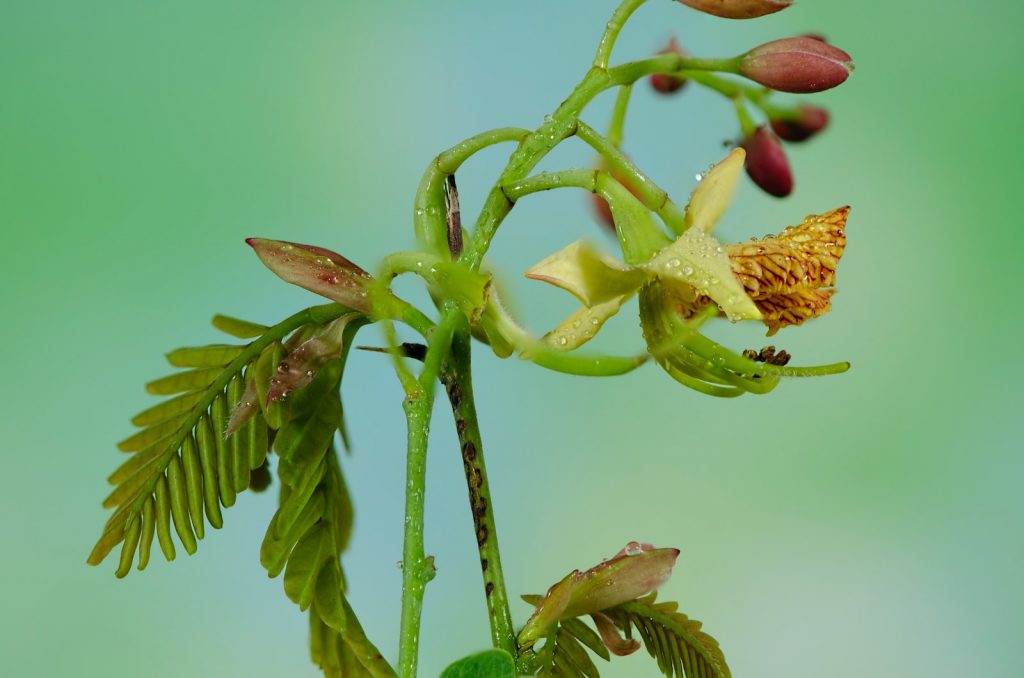Tarragon - Artemisia dracunculus

Tarragon is an aromatic herb that is considered one of the four finest seasoning ingredients in traditional French cooking. Also commonly known as estragon and dragon herb, this perennial plant is native to most of the Northern Hemisphere including Europe, Asia, India, western North America and parts of northern Mexico. Tarragon has many impressive health benefits, including the potential to reduce blood sugar, inflammation and pain, while improving sleep, appetite and heart health. Not to mention, it’s versatile and can be added to a variety of foods.
Thyme - Thymus vulgaris

Thyme is of the genus Thymus, most commonly Thymus vulgaris or common thyme. It has been well-used for centuries for a variety of purposes. People in ancient Rome used thyme in order to treat melancholy and added the herb to alcoholic beverages and cheese. Thyme contains chemicals that might help bacterial and fungal infections. It also might help relieve coughing and have antioxidant effects. People commonly use thyme for cough, patchy hair loss (alopecia areata), dementia, and many other conditions, but there is no good scientific evidence to support these uses.
Teak - Tectona grandis

Teak wood has a leather-like smell when it is freshly milled and is particularly valued for its durability and water resistance. The wood is used for boat building, exterior construction, veneer, furniture, carving, turnings, and other small wood projects. It can help cure a cold, promote growth of new hair and treating rashes. The flowers and the seeds are diuretics. In traditional medicine, a wood-powder paste of the tree is used to treat headaches, swellings and dermatitis (a skin reaction), as well as worms and other parasites of the gut. Teak leaves are used for preparing assorted dishes such as soup, stew or gudeg.
Tamarind Tree - Tamarindus indica

Tamarind is a leguminous tree bearing edible fruit that is probably indigenous to tropical Africa. It is widely cultivated in tropical and subtropical regions for its edible fruit, the sweet and sour pulp of which is extensively used in foods, beverages, and traditional medicines. Tamarind maintains a healthy blood pressure. It has a high fibre content which reduces LDL or bad cholesterol in the body. Potassium is also helpful in regulating blood pressure. The tamarind tree produces brown, pod-like fruits that contain a sweet, tangy pulp, which is used in cuisines around the world. The pulp is also used in traditional medicine and as a metal polish.
Tanner's Cassia - Senna auriculata

Almost all the parts of the plant, such as flowers, leaves, seeds, barks, and roots have been reported for their medicinal uses. Traditionally, it has been used in the treatment of diabetes, asthma, rheumatism, dysentery, skin disease, and metabolic disorders. The flower, buds, leaves, stem, root, and unripe fruit are used for treatment, especially in Ayurvedic medicine. People use Cassia auriculata for diabetes, pink eye, joint and muscle pain (rheumatism), constipation, and other conditions, but there is no good scientific evidence to support any use.
Temple Tree - Plumeria rubra

Plumeria rubra is a deciduous plant species belonging to the genus Plumeria. Originally native to Mexico, Central America, Colombia and Venezuela, it has been widely cultivated in subtropical and tropical climates worldwide and is a popular garden and park plant, as well as being used in temples and cemeteries. The white flowers are used in traditional medicine to cure high blood pressure, hemophilia, cough, dysentery, and fever. In the Caribbean folklore medicine, the leaves are used as poultices (a healing wrap) for bruises and ulcers and the latex is used as a liniment for rheumatism.
Toothache Plant - Acmella oleracea

The leaves are used for culinary purposes, and the flowers have been used for their numbing and pain-relieving properties, earning the plant such common names as the toothache plant. In addition, it has been noted to relieve stomatitis, have taste-activating properties, and to induce a salivary response. The fresh, young leaves can be cooked like spinach and are used as salad greens – small amounts of chopped fresh leaves will add a unique flavor to salads. It can also be added to soups and stews and both fresh and cooked leaves are combined with chili and garlic to add flavor to dishes such as stews.
Thorn Apple - Datura stramonium

Some medicinal uses of the plant are its anti-inflammatory property of all parts of the plant, stimulation of the central nervous system, respiratory decongestion, treatment of dental and skin infections, alopecia and in the treatment of toothache. It is a hallucinogenic plant that causes serious poisoning. In modern medicine various species are used for the treatment of asthma and Parkinson´s, to alleviate dizziness, as an antispasmodic and as a sedative for schizophrenic patients. Thorn apples are very toxic and can cause hallucinations, euphoria, seizures, tachycardia and, in some cases, coma and death.
Triangular Milkwort - Euphorbia antiqourum Linn

A large,much-branched,succulent,xerophytic shrub which grows to a height of 4.5 to 5 metres. The plant stem is fleshy,spiny and green with jointed wing,the number of which varies from 3 to 5. The 6 to 13 mm long leaves are small,obovate,fleshy and decidous,bearing short spines at its base.
Bitter milkwort is a plant. The flowering plant and root are used to make medicine. People take bitter milkwort for airway disorders, cough, and bronchitis, but there is no good scientific evidence to support these uses.

